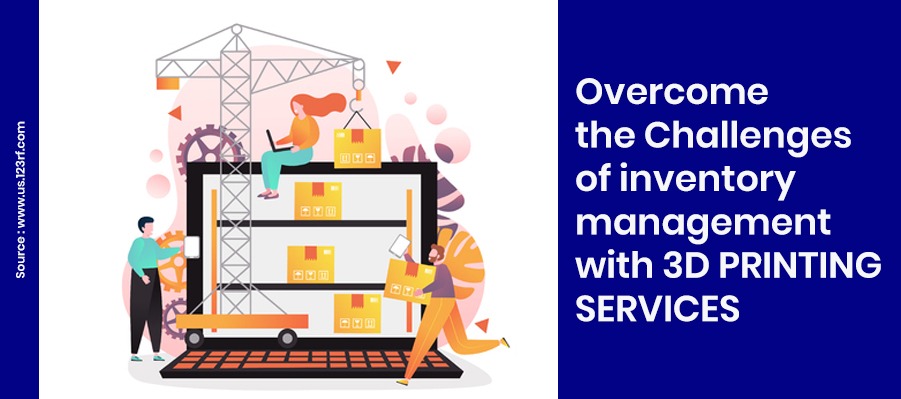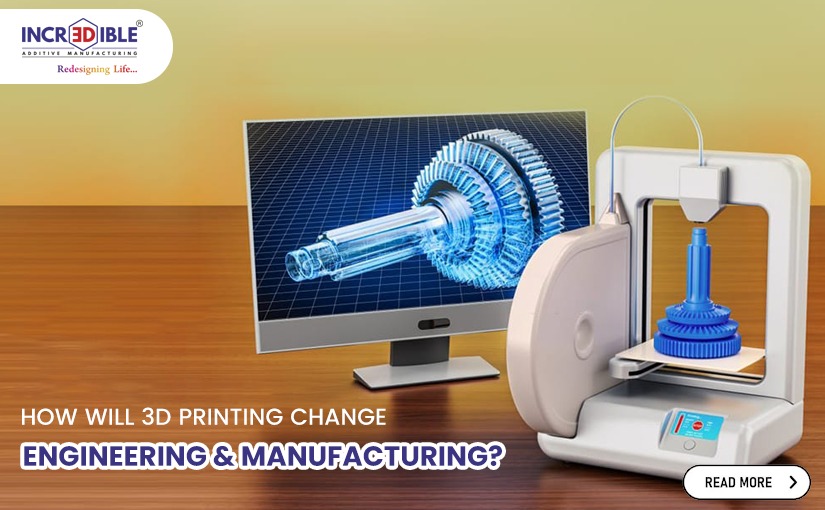The additive manufacturing revolution is on its way, and it could affect your company sooner than you expect. These are only a few examples of how technology is already changing supply chains, and it provides a significant opportunity to gain a competitive edge.
According to the Global Supply Chain Institute white paper, New Supply Chain Technology Best Practices1, “some supply chain professionals expect 3D printing will eventually rival Henry Ford’s assembly line’s impact.” This technology has the potential to assist businesses in dramatically lowering prices, overcoming geopolitical risks/tariffs, improving customer service, lowering their carbon footprint, and driving creativity for competitive advantage. You cannot afford to neglect technology, whether you believe it will revolutionize or merely improve the manufacturing and supply chain processes.
What is 3D printing?
3D printing, also known as additive manufacturing, is a technique that uses a three-dimensional digital model to produce a tangible object by applying several thin layers of material in succession, reducing costs by eliminating waste. This is in stark contrast to conventional subtractive manufacturing practices, which can waste up to 90% of the initial block of content. While we prefer to think of 3D printing as modern technology, it was first introduced nearly 30 years ago.
So far, concerns such as durability, speed, and intellectual property security have kept 3D printing from entering the mainstream of manufacturing. However, the market is rapidly evolving, and it will only be a matter of time before it has a major effect on global supply chains.
Major chemical firms are now collaborating directly with 3D printer manufacturers to develop new resins, polymers, and powdered metals to usher in a new age of manufacturing.”
There are many advantages of metal 3d printing that will significantly affect the supply chain and drive competitive advantage
1. Decentralize production – Since the technology is portable, companies would be able to get production to local markets or consumers quicker. As a result, we will see a trend away from low-cost mass manufacturing and toward more local assembly hubs. Companies would be able to manufacture components closer to home instead of relying on imports. This is particularly critical during periods of geopolitical uncertainty, such as a trade war when the cost of buying components on a global scale can rapidly rise.
2. Drive product customization – Since 3D printing is a tool-free process, manufacturers have unparalleled flexibility to customize offerings to clients’ unique needs and improve the consumer experience. This would result in more flexible supply chains that can quickly respond to market shifts. Design, manufacturing, and delivery may eventually be merged into a single supply chain function, with greater client participation in the entire design and production process.
3. Reduce complexity and increase time-to-market – 3D printing technology reduces the number of manufacturing components and processes. This would have a huge effect on global supply chains, reducing uncertainties, saving money on manufacturing, improving lead times, and shortening time-to-market.
4. Increase resource efficiency – 3D printing is a more environmentally friendly, energy-efficient, and cost-effective manufacturing process. It generates almost no waste, decreases the likelihood of overproduction and surplus inventory, and lowers the carbon footprint. It pushes ‘Just-in-Time’ manufacturing to new heights.
5. Rationalize inventory and logistics – As ‘on demand’ manufacturing becomes more common, the need to move physical products across countries and continents will diminish. When combined with the reduced number of SKUs required for production, this will have a significant effect on warehousing and logistics, with the potential to resolve tariffs.
Conclusion:
Today, additive manufacturing offers a significant opportunity for businesses to re-engineer their buy-make-move-fulfill supply chain for competitive advantage. Although 3D printing technology may sound like science fiction, it is science reality, and it is already having an impact.
3D Incredible AM Pvt. Ltd. has created a prototype 3D printing legacy to save upon inventory cost for many industrial manufacturers. This is possible because of the efficacy with which 3D printing can reproduce the prototypes. 3d printed spare parts allowed to reduce spare parts inventory to a tremendous extent.




